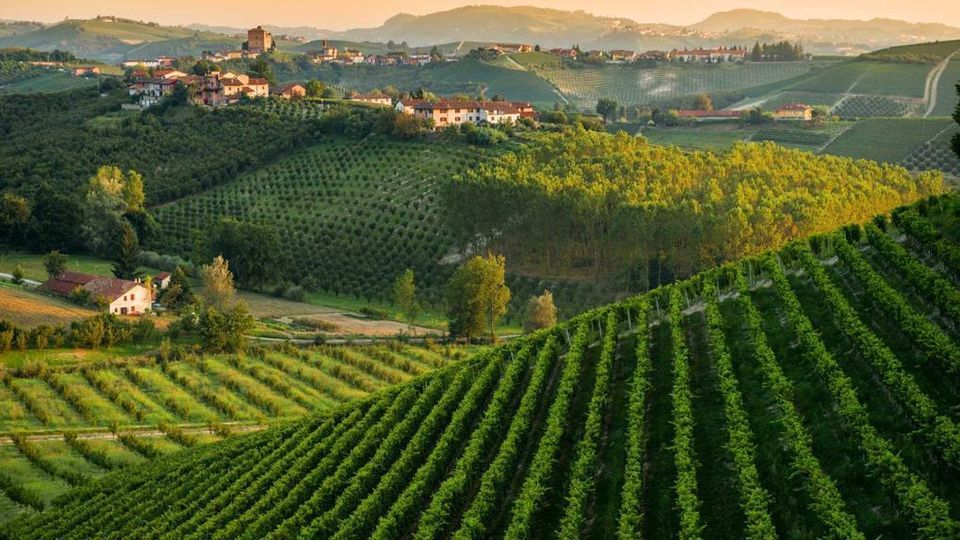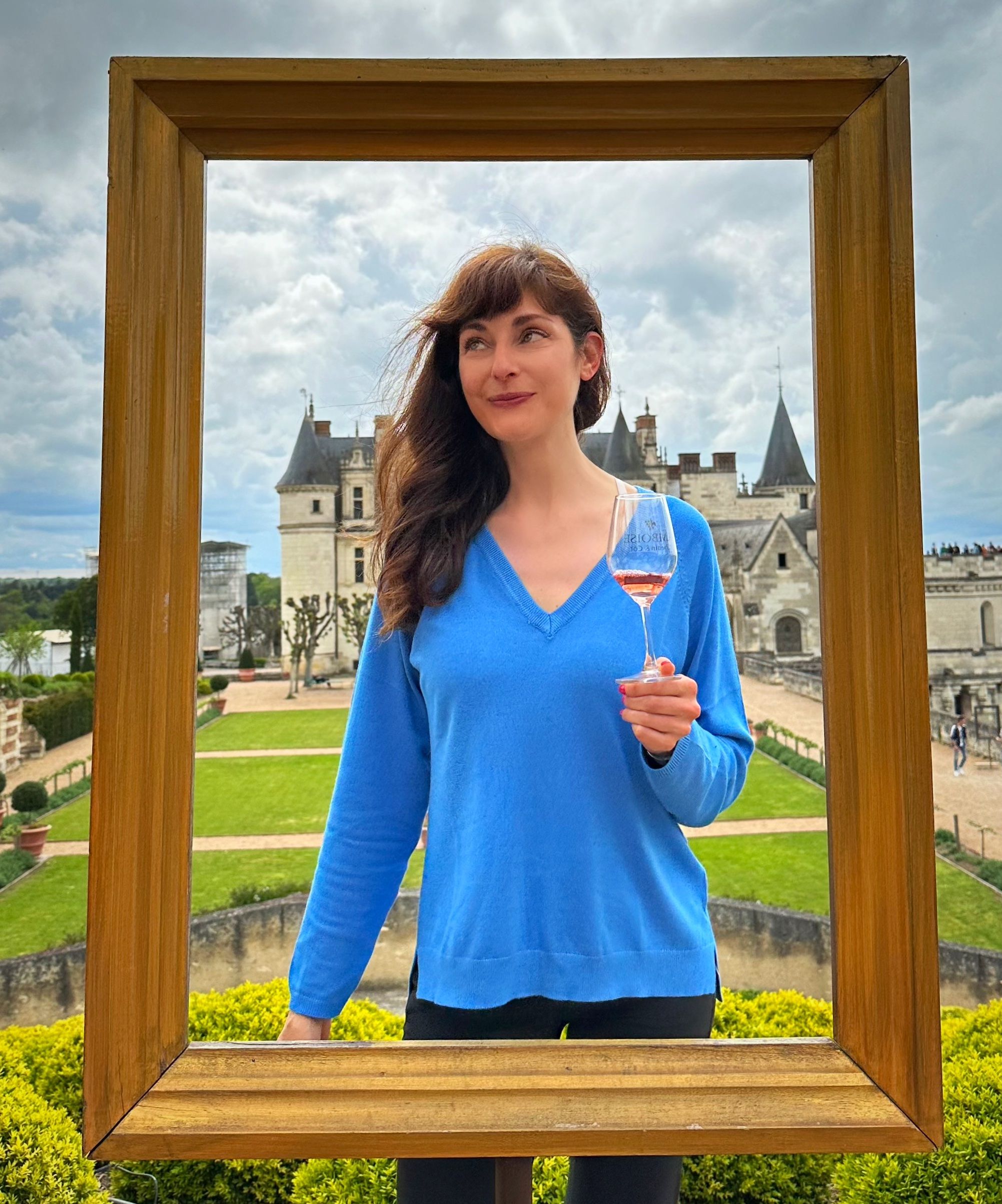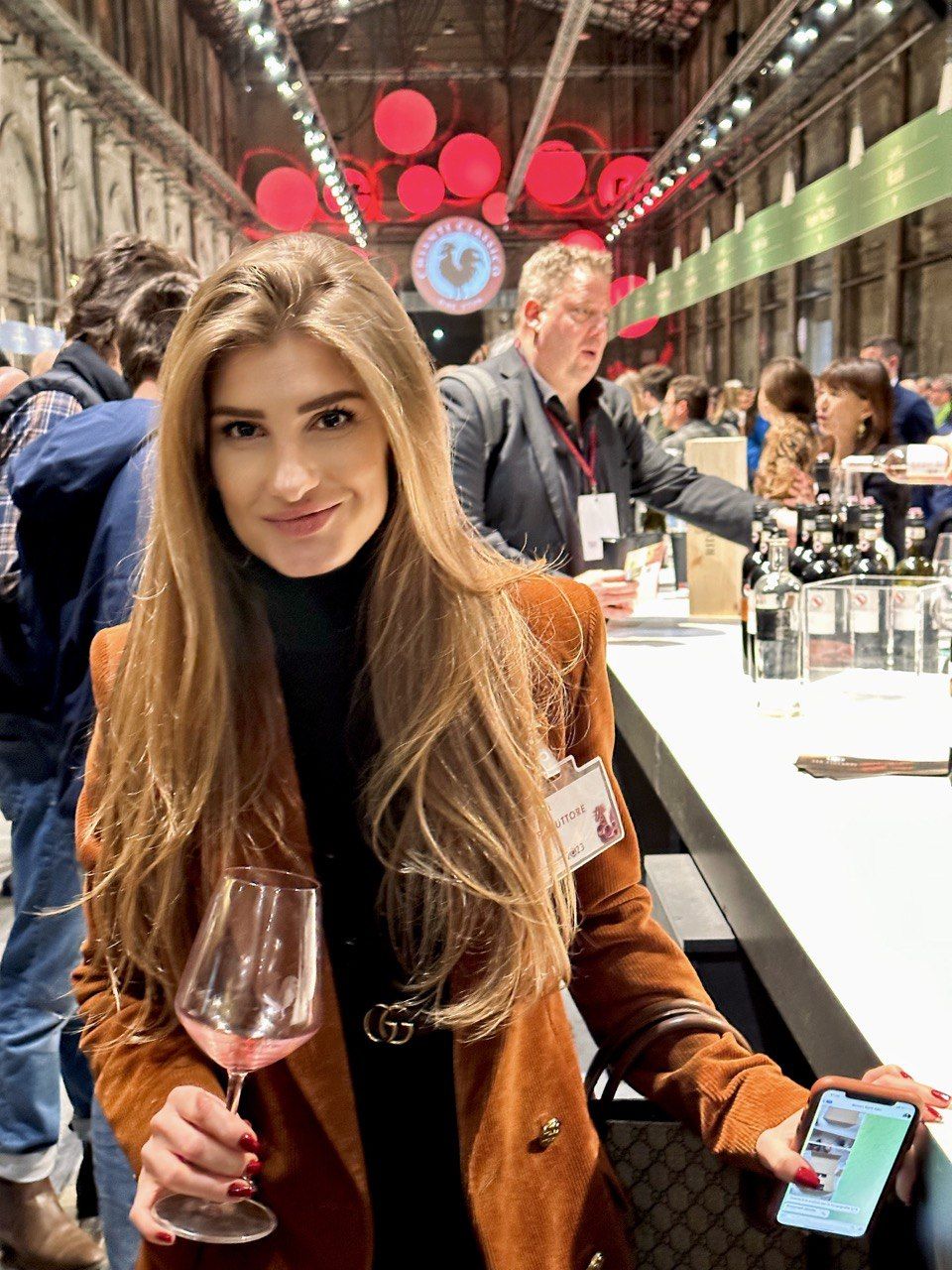
Albarossa, Piedmont’s undiscovered red wine star
An evocative name, a fascinating history and a wine with great potential: Albarossa has all the elements for success. The vine was created in 1938 by Prof. Giovanni Dalmasso, one of the noble fathers of Italian ampelography, from a cross between chatus (nebbiolo di Dronero) and barbera. It was studied again only in the ’70s and ’80s by the University of Turin for its characteristics of resistance and adaptability. The name Albarossa was given to the wine and to the vine by Roberto Paglietta, professor at the Agricultural University of Turin. A tribute to the city of Alba, a territory capable of surprising for the great personality of its red wines.
At the beginning of 2000 it was proposed by the Piedmont Region to some historical wineries of the Piedmontese wine scene, with the aim of generating interest around a wine that could transversally unite all the areas traditionally dedicated to the viticulture, Langhe, Monferrato and Roero.
The potential was evident right from the start, but the grapes, with their small berries and rather developed seeds, required special care to develop the most appropriate pressing, fermentation and aging.
In 2010 the DOC appellation seal arrived and five producers decided to found the Albarossa Club in order to make this new Piedmontese red wine better known: Michele Chiarlo, Marenco, Banfi, Castello di Neive and Bava were the first to believe in this single-varietal wine.
The total production of Albarossa is about 200 thousand bottles and each of the five wineries involved in the project in recent years has made its own experiments in the vineyard and in the cellar.
From 2002 to today the producers who planted Albarossa have increased from 5 to 40. From the initial 7 hectares to more than 100 hectares today. Many still use it as a blending grape in regional and local blends, but the number of wineries producing pure Albarossa is growing.
What are the characteristics of this new Piedmontese star?
The color is striking, it is an intense and bright ruby red. The bouquet is composed of ripe red fruit with light floral tones and hints of spices such as pink pepper and cardamom, on the finish a light hint of menthol. On the palate the wine shows all its expressiveness with a distinct crispness and tannins which are present but silky, different from the more muscular ones of Nebbiolos. Albarossa translates well the minerality of the soil and maintains a pleasant acidity.
Thirsty? Now it’s about time to taste your first Albarossa, isn’t it?
IN ITALIANO:
Un nome evocativo, una storia affascinante e un vino con grandi potenzialità: l’Albarossa ha tutti gli elementi per il successo. Il vitigno venne creato nel 1938 dal prof. Giovanni Dalmasso, uno dei padri nobili dell’ampelografia italiana, da un incrocio fra chatus (nebbiolo di Dronero) e barbera. Venne ristudiato solo negli anni ’70-’80 dall’Università di Torino per le sue caratteristiche di resistenza e adattabilità. Il nome Albarossa fu attribuito al vino e al vitigno da Roberto Paglietta, professore proprio dell’Università Agraria di Torino. Un omaggio alla città di Alba, un territorio capace di stupire per la grande personalità dei suoi vini rossi.
All’inizio degli anni 2000 venne proposto dalla Regione Piemonte ad alcune aziende storiche del panorama vitivinicolo piemontese, con l’obiettivo di creare interesse attorno a un vino che poteva unire trasversalmente tutte le aree tradizionalmente vocate alla viticoltura, Langhe, Monferrato e Roero.
Le potenzialità sono state evidenti sin dall’inizio, ma le uve, dagli acini piccoli e i vinaccioli piuttosto sviluppati, hanno richiesto particolare cura per mettere a punto pressatura, fermentazione e affinamento più adeguati.
Nel 2010 è arrivata anche la Doc e cinque produttori hanno deciso di creare l’Albarossa Club per far conoscere meglio questo nuovo rosso piemontese: Michele Chiarlo, Marenco, Banfi, Castello di Neive e Bava sono stati i primi a credere nel monovarietale.
La produzione complessiva di Albarossa si attesta sulle 200 mila bottiglie e ognuna delle cinque aziende coinvolte nel progetto in questi anni ha fatto le sue sperimentazioni in vigna e in cantina.
Dal 2002 a oggi i produttori che hanno piantato Albarossa sono passati da 5 a 40. Dai 7 ettari iniziali a più di 100 ettari oggi. Molti lo utilizzano ancora come vitigni da taglio nei blend regionali e locali, ma è in crescita il numero di cantine che produce Albarossa in purezza.
Quali sono le caratteristiche di questa nuova stella piemontese?
Il colore colpisce, è un rosso rubino intenso e lucente. Il bouquet è composto da frutta rossa matura con leggeri toni floreali e ricordi di spezie gentili come il pepe rosa e il cardamomo, sul finale una leggera nota mentolata. All’assaggio viene fuori tutta la sua espressività con una spiccata freschezza e con tannini presenti ma setosi, diversi da quelli più muscolosi dei Nebbiolo. L’Albarossa traduce bene la mineralità del suolo e mantiene una piacevole acidità.
IL VIDEO


